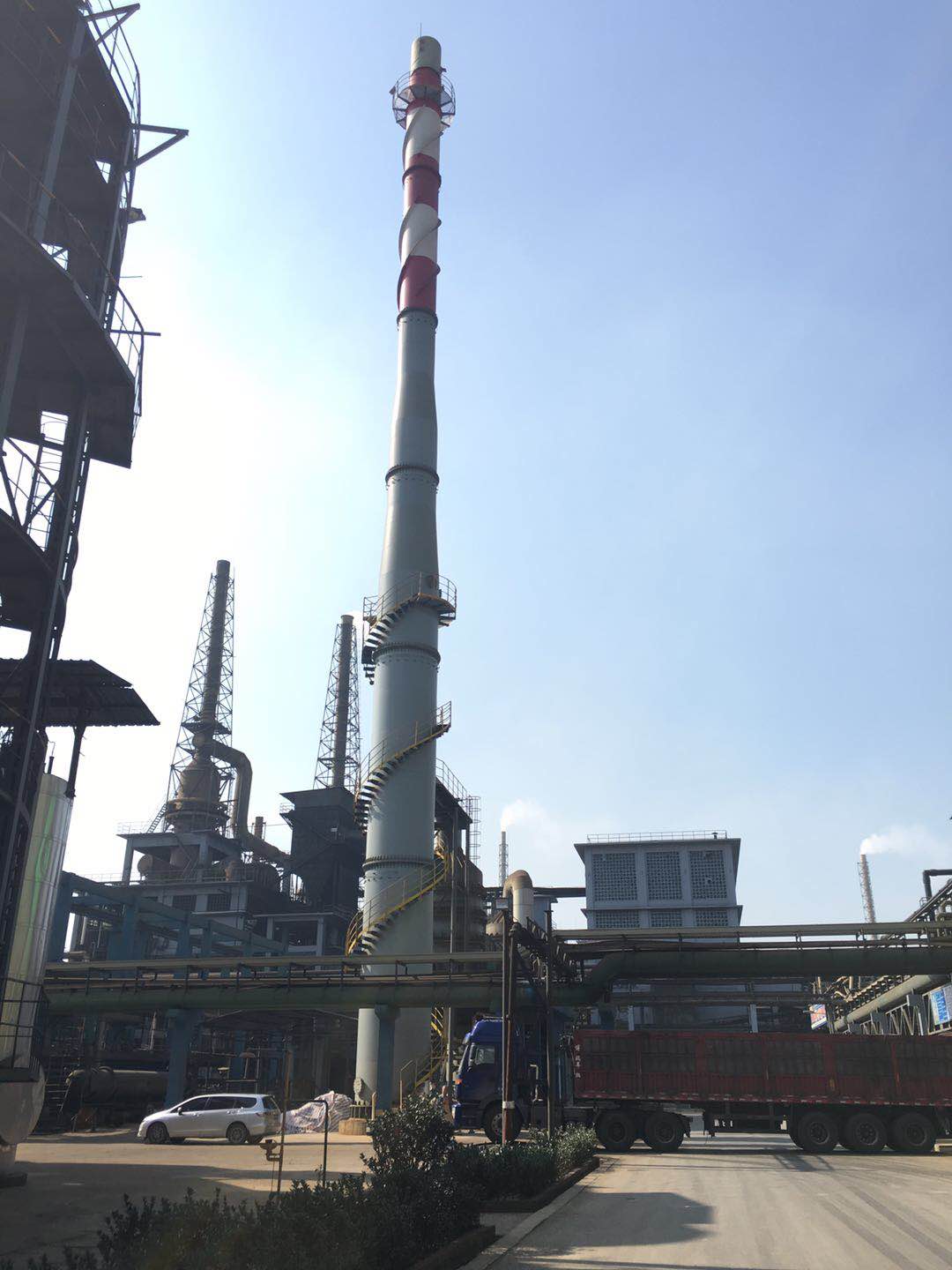PRODUCT CATEGORIES
-
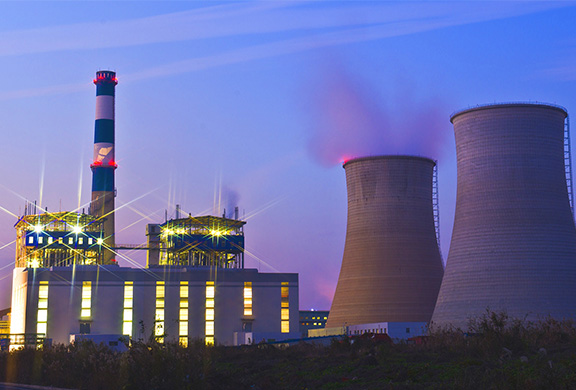 power plant stacks chimney
power plant stacks chimney
-
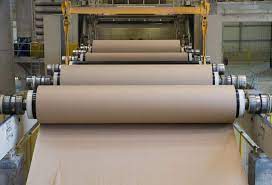 Pulp & Paper stacks chimneys
Pulp & Paper stacks chimneys
-
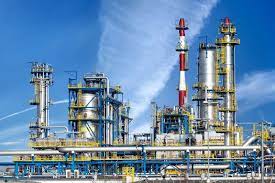 Petrochemicals stacks chimneys
Petrochemicals stacks chimneys
-
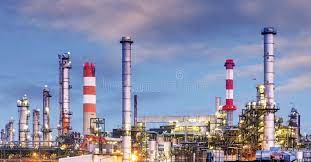 Chemicals Refinery stacks chimneys
Chemicals Refinery stacks chimneys
-
 Reclining industry stacks chimneys
Reclining industry stacks chimneys
-
 Food & Beverage stacks chimneys
Food & Beverage stacks chimneys
-
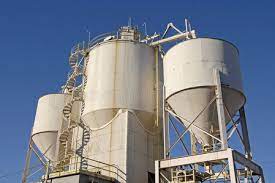 Cement & Lime stacks chimneys
Cement & Lime stacks chimneys
-
 Mining & Minerals stacks chimneys
Mining & Minerals stacks chimneys
-
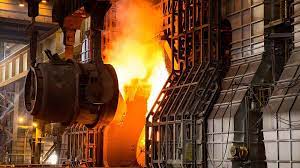 Steel & Metal stacks chimneys
Steel & Metal stacks chimneys
-
 Chimney stacks Decoration
Chimney stacks Decoration
-
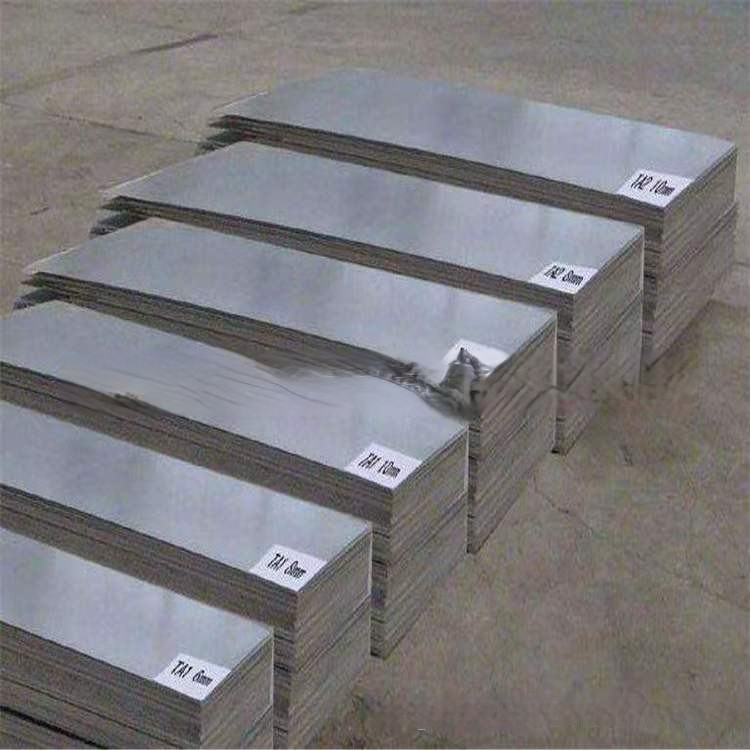 Thin Wall Titanium Clad Steel Plate
Thin Wall Titanium Clad Steel Plate
-
 Stove Fireplace Chimney
Stove Fireplace Chimney
-
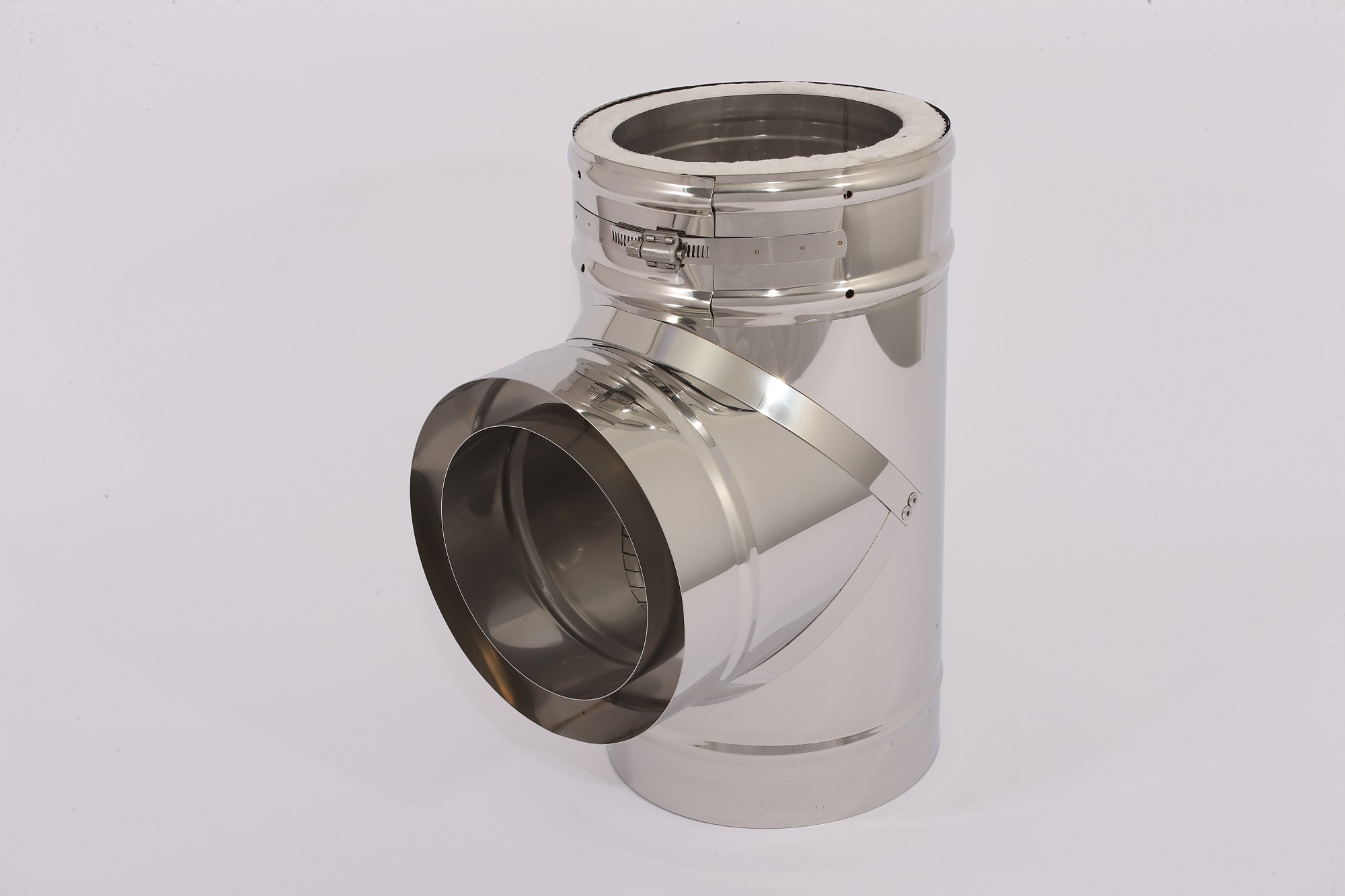 Chimney stacks accessories
Chimney stacks accessories
LATEST NEWS
CONTACT US
Tel:+86 (028)-62561606
Fax :+86 (028)-62561733
Mobile:+86 15881040688
Email: [email protected]
Whatsapp: +86 15881040688
Why Are Industry Chimneys and Chimney Stacks Essential in Modern Manufacturing?
Why Are Industry Chimneys and Chimney Stacks Essential in Modern Manufacturing?
In the heart of industrial operations, where the balance between efficiency and environmental responsibility is paramount, the role of industry chimneys and chimney stacks emerges as a crucial element. These towering structures, often seen punctuating the skyline of manufacturing areas, are not just relics of the industrial age but are essential components in modern manufacturing processes. But why exactly do we need these stacks, and what makes them so vital in today's industrial landscape?
Industry chimneys and chimney stacks serve a fundamental purpose: venting emissions from industrial operations into the atmosphere. This is not merely about getting rid of waste gases; it's about doing so in a way that minimizes environmental impact and complies with stringent regulations. The design and technology behind these stacks ensure that emissions are released at a height that aids in their dispersion, reducing the concentration of pollutants in the immediate vicinity of the plant.
Moreover, advancements in chimney stack technology have led to improvements in filtering and emissions control, allowing many industries to significantly reduce their environmental footprint. These stacks often house complex systems designed to capture and neutralize a wide range of pollutants before they ever leave the stack. From particulates to sulfur dioxide and nitrogen oxides, the technology embedded within these chimneys is at the forefront of environmental protection efforts.
In regions where industrial operations are close to residential areas or sensitive ecosystems, chimney stacks play an even more critical role. By ensuring emissions are vented at higher altitudes, these structures help in dispersing pollutants over a wider area, mitigating their impact on air quality and public health. This is particularly important in industries such as power generation, chemical manufacturing, and metal processing, where the potential for harmful emissions is significant.
Furthermore, the presence of chimney stacks is often a sign of a facility's commitment to regulatory compliance and environmental stewardship. Many jurisdictions require industries to utilize specific stack technologies and adhere to emission standards that are only achievable with modern chimney designs. This regulatory landscape pushes industries to invest in better, more efficient stack technologies, driving innovation and environmental improvements across the board.
The significance of industry chimneys and chimney stacks extends beyond their functional roles. They symbolize the industrial sector's ongoing journey towards sustainability and environmental compatibility. As technology advances, we can expect these structures to evolve, incorporating new materials, designs, and emission control technologies that further reduce the environmental impact of industrial operations.
In conclusion, industry chimneys and chimney stacks are indispensable in the modern industrial landscape, serving as vital conduits for emissions management and environmental protection. Their role in ensuring cleaner air, complying with regulations, and symbolizing a commitment to sustainable operations cannot be overstated. As we move forward, the evolution of chimney stack technology will undoubtedly continue to play a key role in shaping a more sustainable and environmentally responsible industrial sector.
